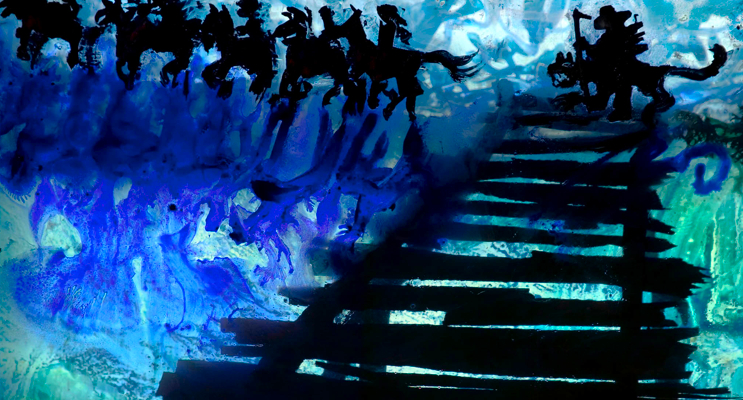By Joe Bendel. Forces from the Mainland have their eyes on Formosa territory. It is a familiar story, but in this case it is the Chinese syndicate looking to dislodge the traditional Taiwanese neighborhood triads in Doze Niu’s Monga, which opens the San Francisco Film Society’s Taiwan Film Days this Friday at the Viz Theater.
In the 1980’s, nearly every densely packed block of Taipei’s Monga neighborhood has its own triad, like the Temple Front Gang. It is here that the fatherless Chou Yi-Mong finds a sense of belonging. Recruited after standing up to a pack of bullying classmates, Chou (a.k.a. Mosquito) makes fast friends with Boss Geta’s son Dragon Lee and his three running mates. The fab five fight like unit, though they know the rules of the streets dictate they might eventually find themselves rivals. Frankly, Mosquito often does not understand why they are brawling, but the friendship is real. It is even realer than real for Monk, who is devoted to Dragon in quite a suggestive way.
Of course, the nature of their camaraderie is such that betrayal is inevitable, especially with the Mainlanders looking to move in. Indeed, the young gang princes find themselves caught up in a power struggle between those who want to maintain local control of organized crime, like Boss Geta, and those who want to cut a deal with the Northern triads, most notably including Grey Wolf, mysterious old flame of Mosquito’s mother.
Though Monga was selected by Taiwan as its official foreign language Oscar candidate, it is a highly commercial film (in a good way). Energetically mixing teenaged coming of age angst with gritty street level gangster power games, it pretty much has all the elements. There is even young love, street smart as it may be, when Mosquito falls for Ning, a beautiful young prostitute often demeaned for her nearly invisible birthmark.
Monga features a number of young Taiwanese television and pop-stars who likely brought a built-in fan base to the film in the ROC. However, they are well suited to their roles, particularly Ethan Ruan as the intense Monk. Mark Chao also seems to appropriately grow into the role of Mosquito, while the haunting Chia-yen Ko projects a fragile vulnerability as Ning. Yet, the silver coiffed Niu might even upstage his young cast, appearing as the intriguing Grey Wolf.
With generous helpings of Big Brawl style street fighting and unapologetically tear-jerking romance, Monga has something for a wide array of Asian cinema devotees. Thoroughly entertaining, it deserves a productive life on the festival circuit and even a shot at specialty distribution. It should be a crowd pleasing opener for SFFS’s Taiwan Film Days when it screens at the Viz Cinema next Friday (10/22).
Posted on October 18th, 2010 at 10:55am.






